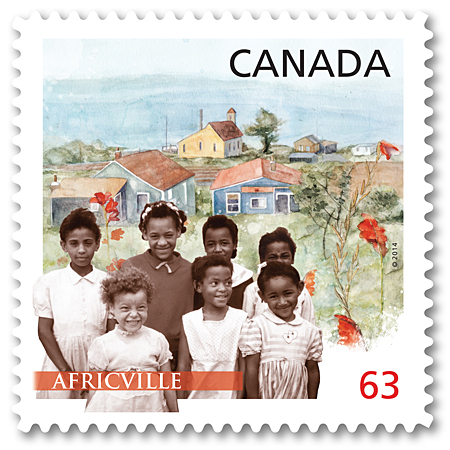"They razed Africville; what's the fuss?
A ghetto to some; home to us."
(Africville poem, Linda Jonasson)
It had a garbage dump, an abattoir and a jail. It had no street lights, no running water and no paved streets. But it did have flowers. It did have small colourful homes. It did have a church, a school and a post office. And it had a strong sense of community.
Africville was a black settlement on the shores of Bedford Basin at the edge of Halifax. Its residents are descended from Black Loyalists who arrived after the American Revolution. For close to two hundred years, they lived in Africville, working Monday to Friday and attending Seaview Baptist Church on Sunday. Their children attended the school, also located in the church. While they may have been poor in the pocketbook, they were rich in spirit.
Urban planners who visited Africville in the 1960's "did not see the flowers" (http://alinefromlinda.blogspot.ca/2016/02/africville-he-did-not-see-flowers.html). They only saw the garbage. They did not see the quaint church; they only saw the jail. They did not see a close knit community; they saw a ghetto.
They pressured the home owners into selling and, one by one, the houses were bulldozed. A resident would go to bed with a neighbour beside him, only to wake up to a pile of dirt. They even bulldozed the church in the middle of the night. Africvillians were forced to relocate in Halifax tenements, their land lost, their sense of community destroyed.
In 2010, Seaview Baptist Church was rebuilt to honour the residents of Africville. In 2014, Canada Post issued a stamp to commemorate Africville.
Note: For more information about Africville, watch the National Film Board of Canada presentation "Remember Africville" (https://www.youtube.com/watch?v=28cvg6iD7lA).

No comments:
Post a Comment